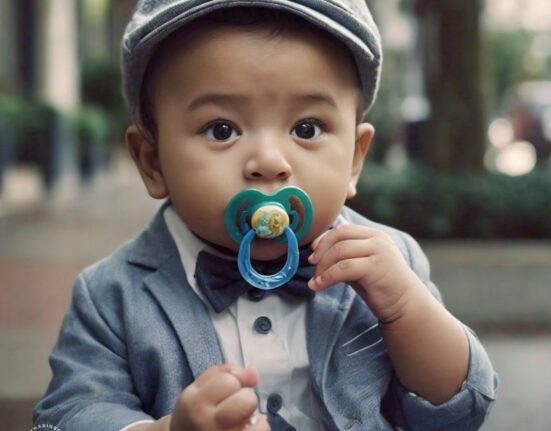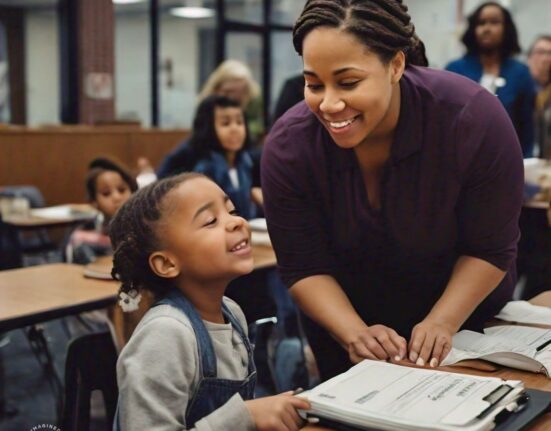Watching a child’s sense of imagination grow and change throughout their first few years of life is a wonderful experience for any parent or caregiver. The first six months of an infant’s life serve as the building blocks for the way their imagination will develop throughout the rest of their lives. They remember most of what they see, hear, and feel, and will reenact these memories in their later years. They will be naturally curious about their environment, touching and tasting, copying sounds, and looking at pictures in books. Encourage their development at this stage by playing peekaboo, placing the baby in front of a mirror, and reading books. You can also bring them outdoors for tummy time and give them opportunities for open-ended play.
In their second year, they will begin to engage in symbolic play, which means that they will have begun to grasp the idea that objects have meaning. Their idea of fantasy will emerge gradually, and they might use basic props in their play; a banana might stand in for a phone, or a block for a car. In their third through fifth years, they will start to include lots of props and lots of language. Three-year-olds will begin to assign roles to other kids that they play with and might make up their own characters. It’s normal at this age for a child to develop an imaginary friend, which often causes worry in parents that their child is lonely or lacks social skills. Rest assured – research has shown that it is quite the opposite. Children with imaginary friends are typically quite well socialized and are rehearsing playtime. Engage with your child when they mention their imaginary friend; ask what their name is and observe how they “play” together. This can give great insight into how your child likes to play and can give you ideas on how to incorporate those activities into their regular playtime with their peers.
As they approach their fourth and fifth years, the line between what is real and what is pretend becomes more distinct. Five-year-olds are typically well aware of what is pretend and what is not, and rather than this causing their imaginative growth to stunt, it gives them much more room to fantasize and create. Kindergartners engage in pretend play often, and it’s usually a social, group-bonding activity. Arrange playdates with groups of friends and give them give them open-ended props to help develop their sense of imagination; cardboard boxes can become castle forts; old pieces of fabric or towels could become a cape or a dress. You can also engage their imagination by extending their books into their play. Reading Harold and The Purple Crayon, for example, and providing your child or children with purple crayons and poster paper would certainly spark some creative impulses. Another strategy to encourage imagination at this age is to provide secure routine and toys with a clear purpose. A miniature kitchen set, an Easy Bake oven, and a pad of pencil and paper could provide hours of imaginative play. By giving children a wide variety of props and a safe space to use them in, their imaginations will flourish.






